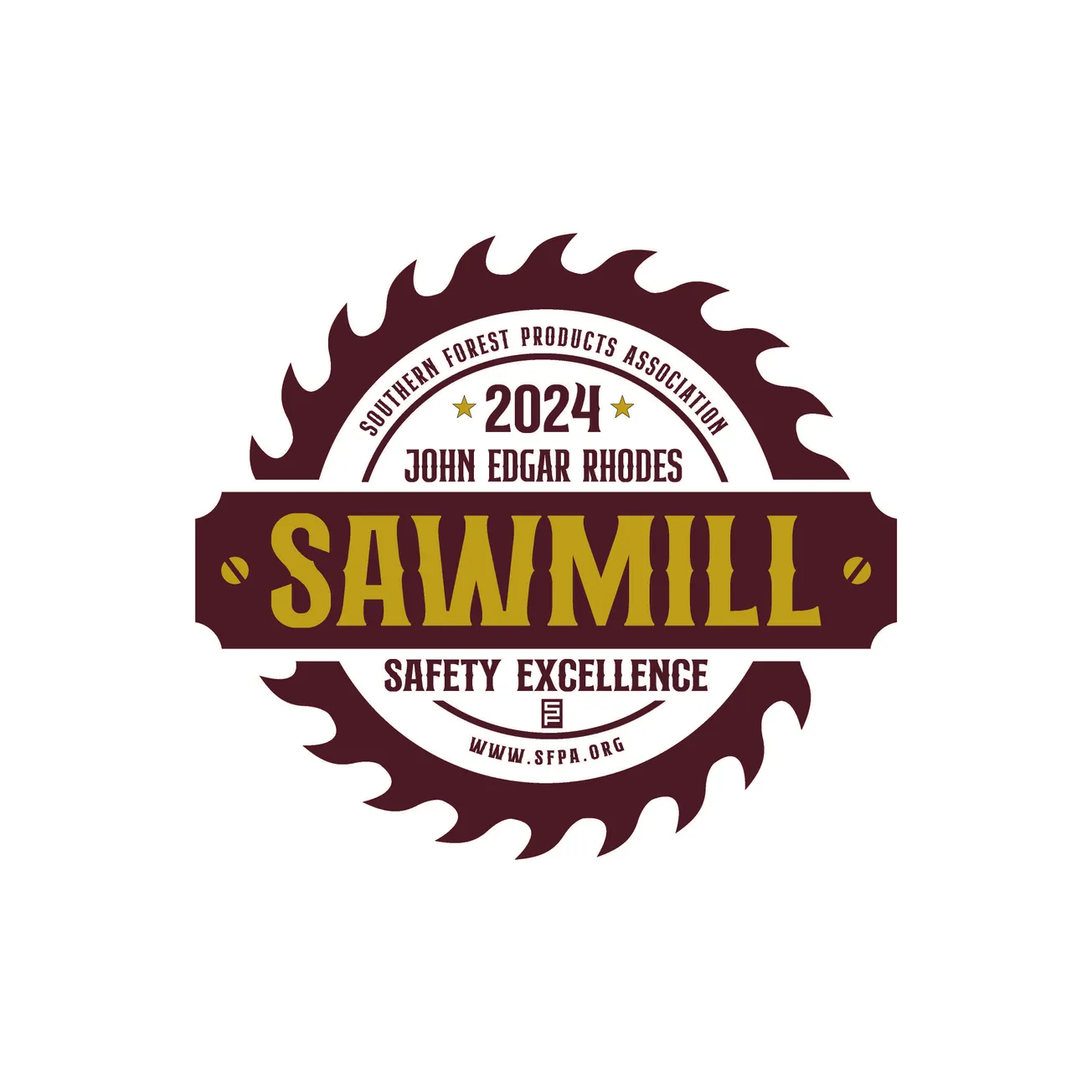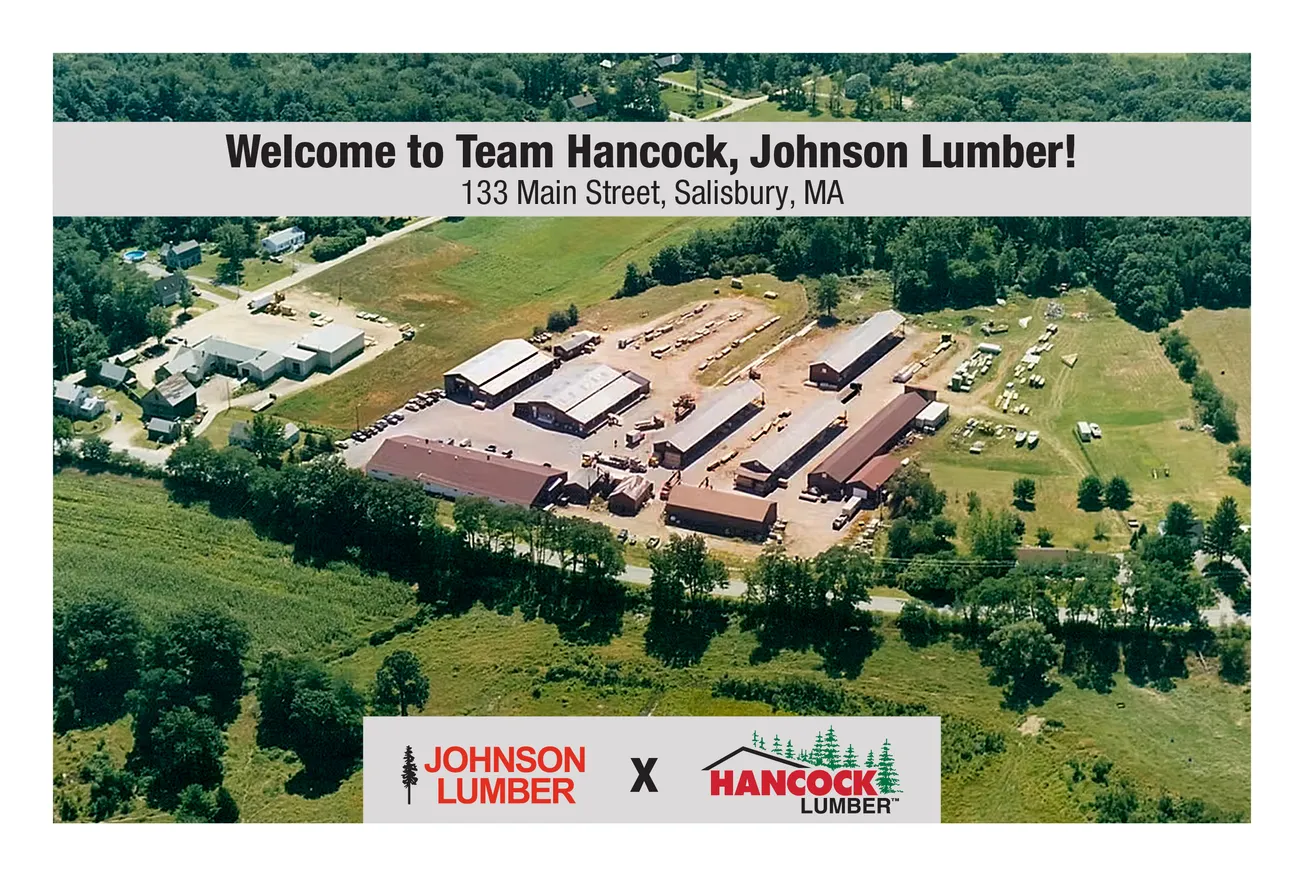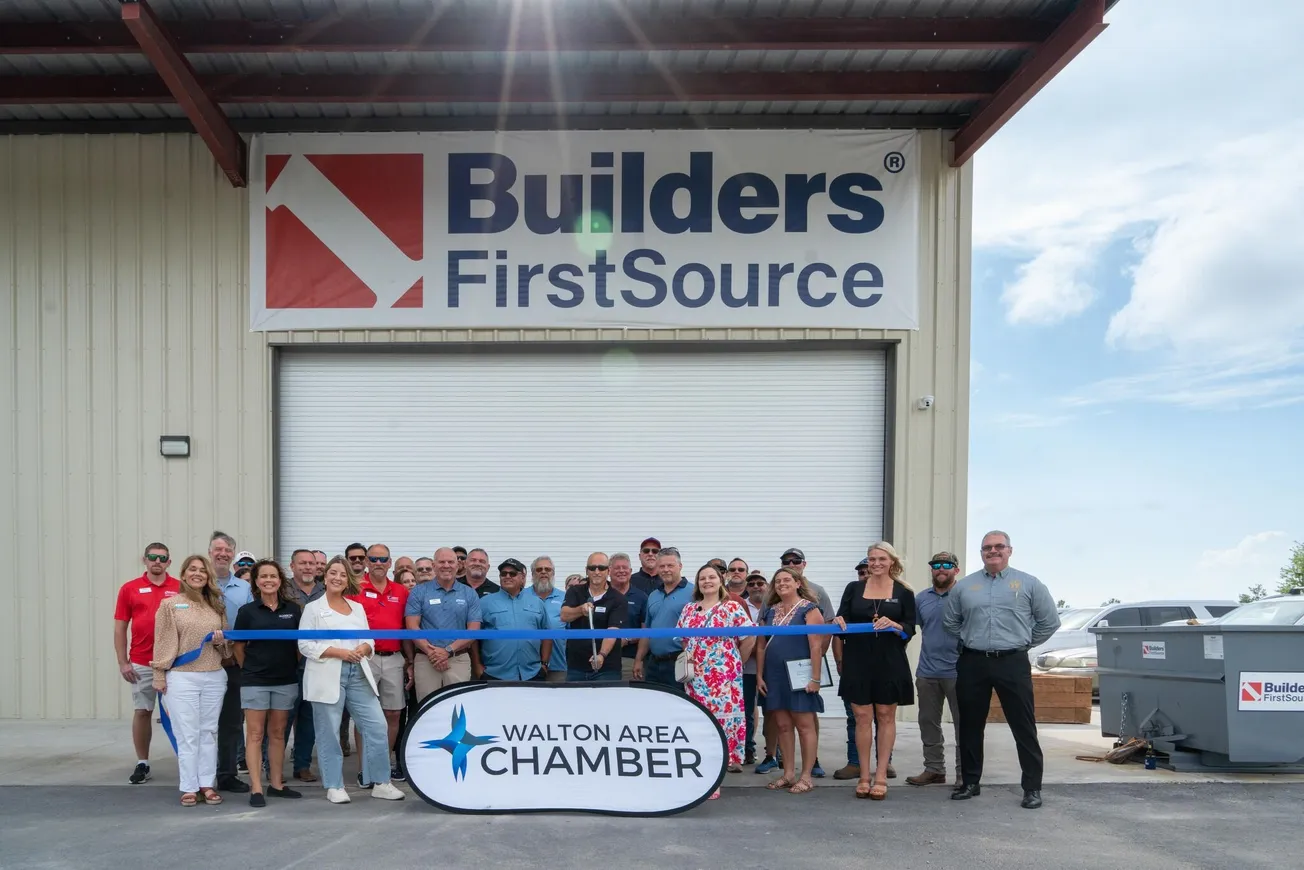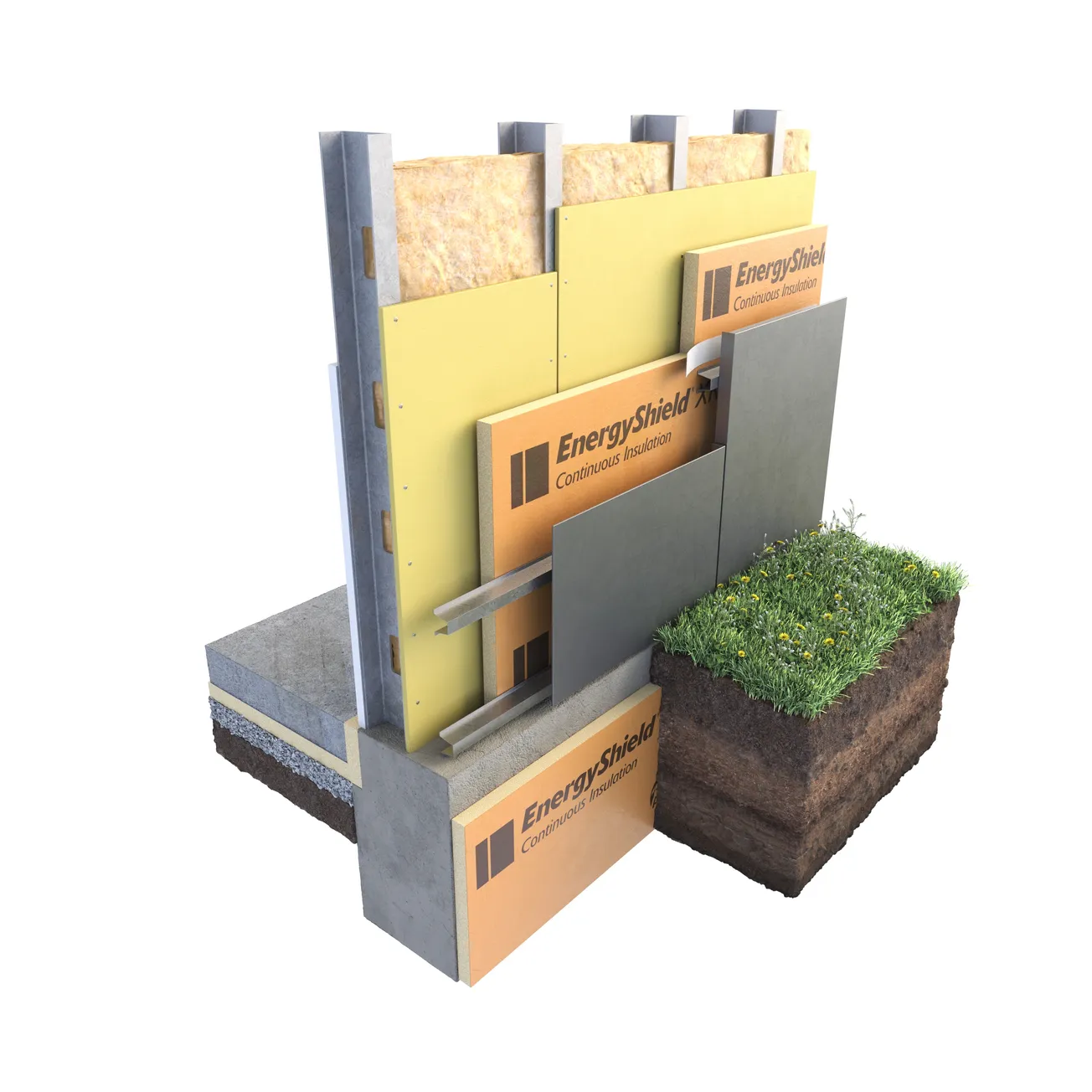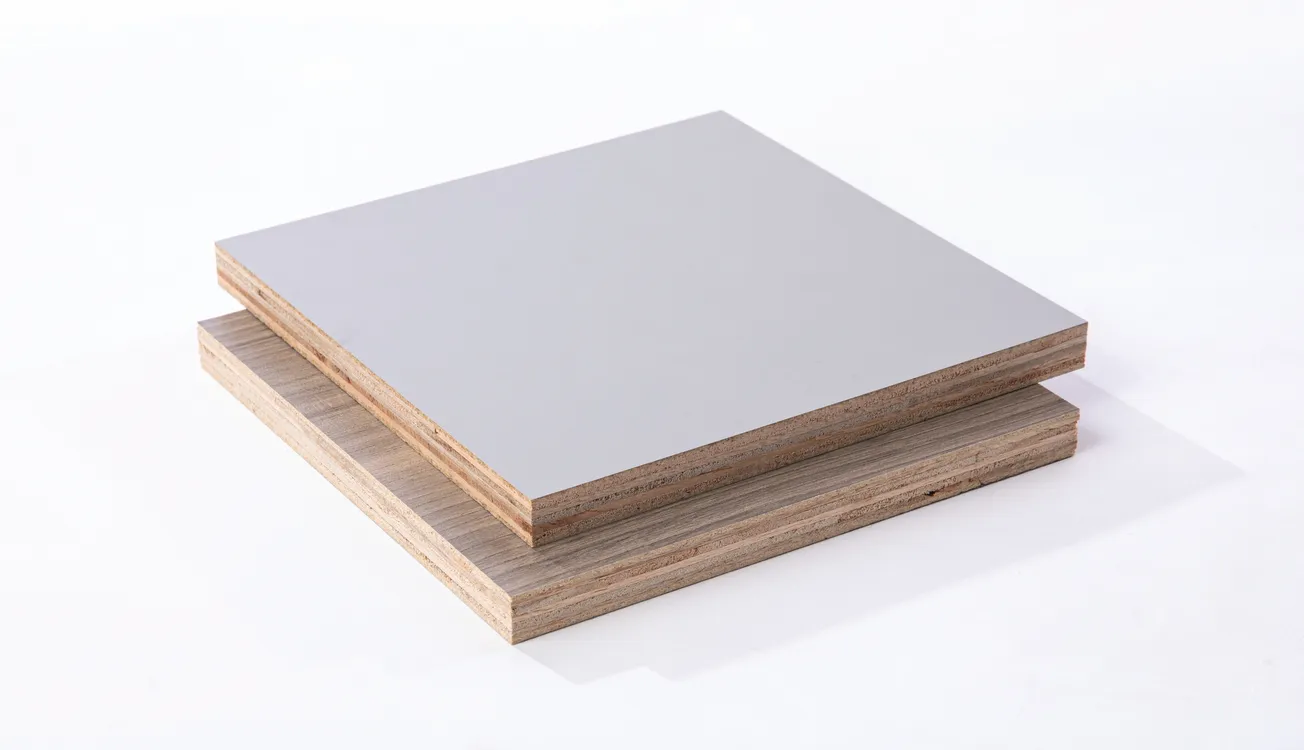Table of Contents
The building and construction industry is booming—and has been growing steadily since 2011. Much of this growth can be attributed to the residential sector, led primarily by single-family construction, which is projected to see a 9% growth, while multi-family construction, which hit its peak in 2017, is expected to decrease slightly.
With the growth in construction comes an increase in demand for building and design materials, as well as a larger focus on higher value products for the home. From remodels to cabinets to flooring and more, lumber, like many other construction products, is in high demand. But, while that demand is driven by industry growth, other factors, like market uncertainties and trucking restrictions, are likely to take a toll.
Here’s the low-down on lumber:
Choice: The Freedom of Selection
The interiors of homes are more expensive to design and build versus the last 10 years, thanks to a maturing economy and the ability for—and willingness of—homeowners to spend more money on the interiors of their homes.
Furthermore, homeowners are spending more money on luxury and custom. And they want authentic and unique, especially with materials that are obtained from or mimic nature.
Offering natural beauty, versatility and durability, North American hardwoods are a perfect building and design solution. And, there are several species to choose from, with each one offering its own touch of style and décor.
Looking for the finest of woods? Try cherry and walnut, which are coveted for their beautiful finish and color. Versatile and cost-effective? Oak is making a comeback. Rustic beauty? Hickory and alder are popular selections as these woods can offer a knotty or distressed finish many woods can’t deliver. The added bonus? North America hardwoods are sustainable, meeting the demand for green construction materials.
Today’s practices for harvesting and milling U.S. hardwoods make this building and design material an environmentally friendly, economically conscious and socially responsible choice for a range of applications. In addition to being a renewable resource, North American hardwoods add a stunning visual impact to projects and structures, particularly those that leverage the wood’s natural beauty and texture. And, since hardwoods grow naturally, no two will be the same, providing a unique look that can’t be matched by mass-produced materials.
Cost: Higher Prices on the Horizon?
Market uncertainty, along with the increasing demands for building materials to satisfy the needs of the growing building and construction market, could lead to higher overall costs.
Much of this noise stems from the yet-to-be-determined tariffs with China.
From a lumber perspective, U.S. hardwoods companies sell both domestically and globally, so the proposed tariffs are sure to hit home. Several wood species are included in the Chinese tariff proposal, with fees ranging by species from 5-25%.
Higher tariffs are expected to be placed on the most abundant hardwood species that grow in the forest – the ones manufacturers need to sell the most. For example, alder is expected to see a 10% tariff, while red oak, the most abundant eastern species, is 25%.
The impact on the lumber industry?
It starts with the landowners. For those who own the trees, they will get less for their stock, forcing them to either sell for less or wait it out.
Then onto hardwood lumber manufacturers. These tariffs could lead to a slow-down in sawmill production if landowners decide to wait to sell their logs when pricing bounces back up.
For the domestic market, there’s a potential benefit as the tariffs could result in lower lumber costs. But, beyond the impact of the tariffs, construction and material costs are expected to each increase 2-3% overall as the industry—and demand—continues to grow.
Availability: Shipping Constraints
Trucking regulations, particularly around trucking hours of service, were put into action to eliminate driver drowsiness that could lead to crashes, but these new rules are negatively impacting industries across the board.
For lumber manufacturers, like Northwest Hardwoods, a leading manufacturer of high quality hardwood lumber in North America, truck rates over the past year have increased as much as 40-50% due to the limitations on hours that drivers can drive and work. That’s led this manufacturer to better match up producing regions with demand regions to reduce costs of shipping further away.
For example, Chicago is a big stair market for lumber, heavily consuming red oak. While Northwest Hardwoods would typically harvest and manufacture this lumber in Marion, N.C., truck regulations have pushed the company to now harvest and manufacture this lumber in a region closer to the ship-to location.
But this realignment of business to better match species sources with where the product needs to be shipped isn’t necessarily a cost reduction; instead, it’s a mitigation of cost increase that the trucking regulations would have caused.
Overall, the building and construction industry is booming, which is generating demand for building materials, like North American hardwood lumber, particularly as it’s a cost-effective solution that delivers a combination of sustainability, visual beauty, versatility and durability. Although market uncertainties are likely to take their toll from a cost and supply perspective, hardwood lumber manufacturers remain ready to satisfy the needs of the market with a variety of species and grades of commercially viable North American hardwood lumber.


